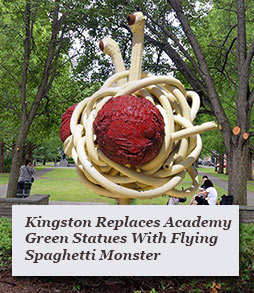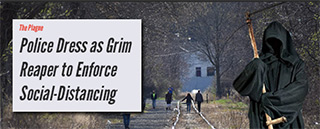
KINGSTON— The thermometer says 13 but it feels 20 degrees colder as we pull into the station just after 3 a.m. on a recent Monday night. The ambulance, a 2001 Ford E450 Wheeled Coach Type III, has seen better days, and — as they’ll be the first to admit — so has the crew.
“We’re understaffed and over the hill,” quips Paramedic Steve Olsen, 61, who has been with the department for over 30 years. Olsen and fellow Paramedic Jeff Zulnick, 56, are standing around a propane Salamander heater at the station, a former brick factory in a forgotten part of town, drinking black coffee out of white styrofoam cups. The smell of diesel and anti-freeze hangs in the air and a classic rock mix plays on a phone sitting in an old laundry sink, propped up against a pile of rubble from a collapsed wall.
Olsen, Secretary and Past-President of the regional chapter of Second Responders, is telling me about the challenges faced by his department and others like it.
“We’re like Rodney Dangerfield,” he said. “We don’t get no respect.”
To illustrate his point, Olsen pulls up a series of social media posts from local residents and municipalities thanking “First Responders” for braving the recent wave of ice and snow, answering calls for stranded motorists, residents without heat, structure fires, and more. “Thank you, thank you, thank you to our brave First Responders, who risk their lives to help their community day in and day out,” read one. “First Responders = Heroes,” reads another.
Later, when we take a ride to gas up the ambulance and dine on some leathery convenience store hot dogs, we pass the local 9/11 Memorial, “Dedicated to The First Responders Who Exemplify What Is Best in the Human Spirit.”
Zulnick sighs.
“Of course, there’s no memorial for Second Responders… not that we’re asking for one,” he said.
After a little probing, Zulnick says the Second Responders Association of NY/NJ did present plans in Spring of 2002 for a co-memorial to honor their lost brethren. “They laughed at us,” he said. “Said we didn’t get there until after the towers were down. Called it the ‘9/12’ Memorial.”
With the public accolades comes public funding. Olsen says area First Responders receive direct monetary support from local and state governments, as well as a far greater share of donations from residents and charitable organizations. “Just because we’re Second Responders doesn’t make us second-class,” says Olsen.
But in a way, it does just that. Thanks to greater funding, First Responders enjoy access to the latest equipment, comparatively luxurious stations, and ultra-bright LED outdoor signs that operate 24 hours a day despite not having any useful information to convey. This in turn leads to healthier membership roles, which further improves response times and ensures that the hierarchical responder caste system is preserved year to year, generation to generation.
Zulnick said he’s not looking for a “parade,” but wishes his department received at least a little recognition for the work it does.
“Yeah, we’re Second Responders. But at least we respond. Most people can’t be bothered to lift a finger.”
What can be done to raise awareness of the pivotal role played by Second Responders in our communities?
I suggest perhaps the department could unite with other overlooked community organizations to advocate for greater access to funding. Area Third-Responders, for example.
Zulnick and Olsen are both taken aback. “Those guys?” says Olsen. “Total amateurs.”




